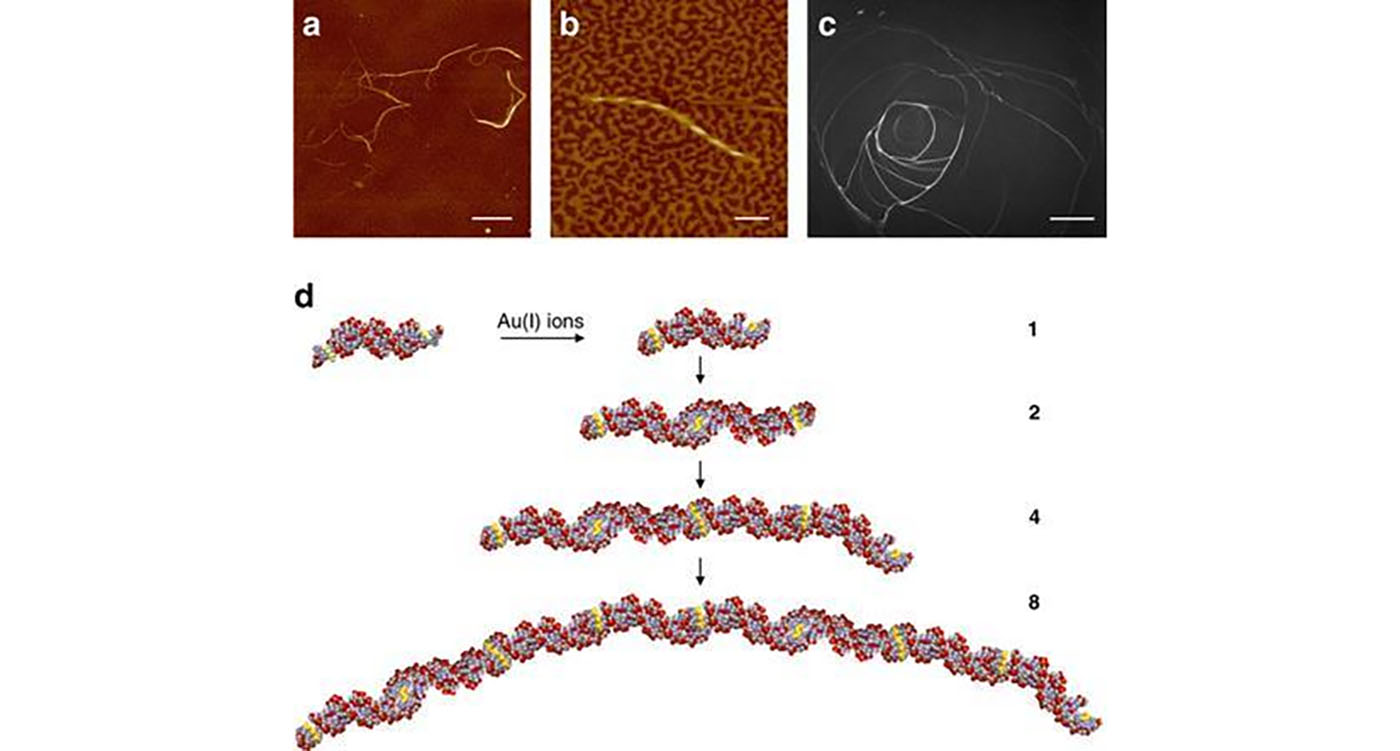Site-Specific Integration Accurately Insert the Target Genes into Specific Hot Spot
Site-specific integration is the process of customizing a website or application to fit the unique needs of a certain website or application. It is a process that involves making changes to the existing code and structure of the website or application in order to make it more efficient and effective for the specific needs of the site. Site-specific integration can be used to modify existing features, add new features, and improve the overall usability of the website or application. This is especially useful for businesses that have multiple websites or applications that need to be integrated with one another in order to provide their customers with a seamless experience.
Site-specific integration in CHO cells is a process used to introduce a gene of interest into a well-defined location in the genome of Chinese hamster ovary (CHO) cells. This process involves using a site-specific recombinase enzyme to target a specific sequence in the CHO cell genome and then integrating the gene of interest into the targeted sequence. This method allows for more precise control over the insertion of genes into the CHO cell genome and can help to avoid random integration, which can have deleterious effects on the cells. The main advantages of this method are that it provides greater control and accuracy over the integration process, as well as a greater level of stability of the gene over time. Additionally, this method can be used to introduce multiple genes at different locations within the cell, making it a powerful tool for gene manipulation.

Targeting vectors
Targeting vectors are used to create genetically modified organisms by introducing specific DNA sequences into their genomes. They are typically composed of a genetic marker that allows for identification of the modified cells, a selectable marker that allows for selection of the modified cells, and a homologous recombination region that allows for integration of the desired DNA sequence into the target organism's genome. Targeting vectors are commonly used in gene knockouts, gene knockins, gene editing, and other forms of genetic engineering.











